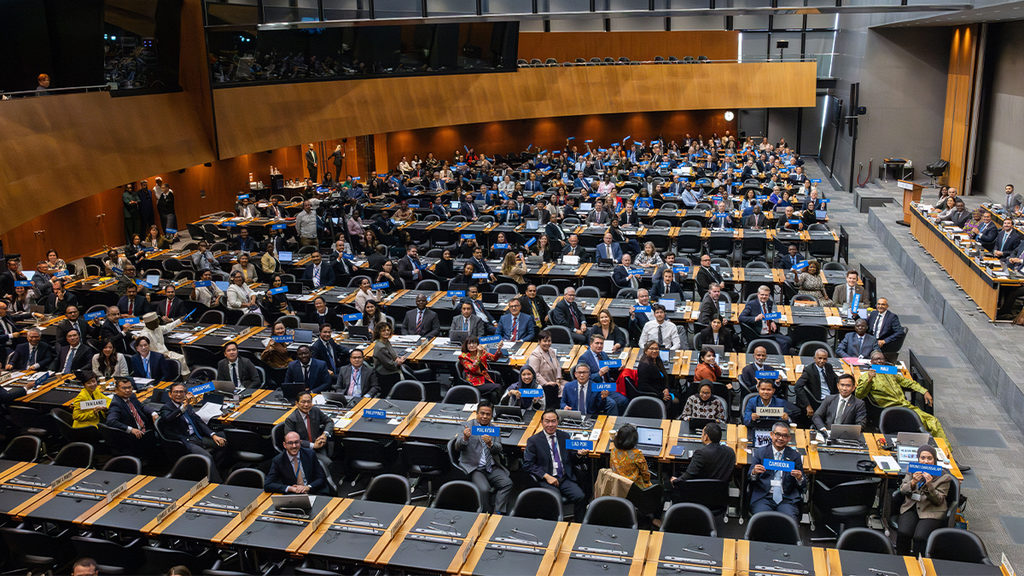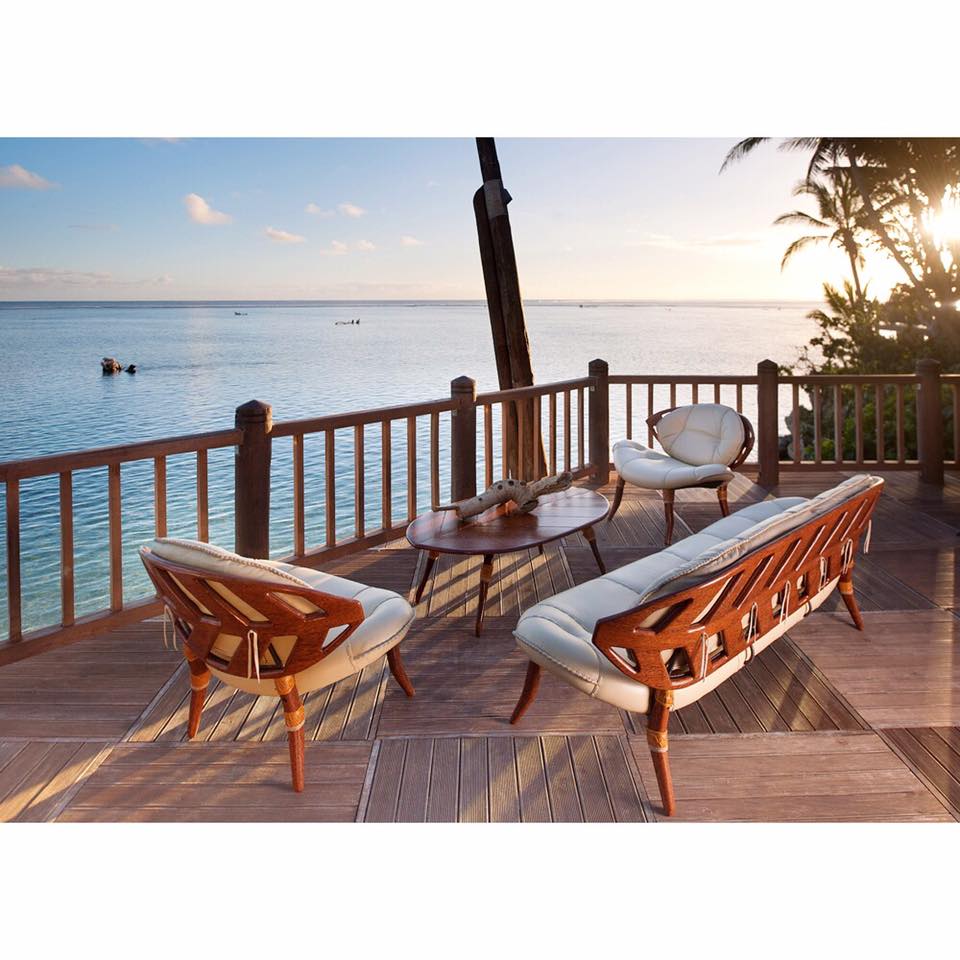Loading
Charles Sowerwine, chair of the Royal Historical Society of Victoria, says he is delighted to see the building back in use as it is a “serious problem” when historic buildings sit empty.
“There is not only the lost economic potential but also the practical thing – these buildings are expensive,” he says. “All buildings need major work at some point in their life cycle and with heritage buildings, you have probably passed that point at several times.”
Sowerwine says one of the biggest challenges for people dealing with heritage buildings is trying to find economic uses that are compatible with their heritage values.
The Age spoke to the Royal Historical Society of Victoria, the National Trust and the City of Melbourne to identify some of the city’s unused historical gems.

The Robur Tea House on Clarendon Street, Southbank. The building is mostly empty. Credit: Paul Jeffers
Robur Tea House
The six-storey warehouse in Southbank was built in the 1880s and used by the Robur Tea Company to store tea chests. For many years, it was the tallest structure outside Melbourne’s central business district.
The 3000sq m building is sitting largely unused, apart from a few offices used by property developer Monno.
Monno’s plans to partially demolish the Tea House and construct office, retail and residential buildings above it – including a 25-story apartment and hotel complex – were rejected by Heritage Victoria earlier this year, but the decision is being appealed and the building’s future hangs in the balance.

The shell of the main ballroom above Flinders Street Station. Credit: Justin Tai
Flinders Street Ballroom
The Flinders Street Ballroom opened in the train station in 1910 as a lecture and concert hall before morphing into a dancing hub.
It closed in 1985 and, despite a $100 million restoration of the station, the ballroom has not reopened permanently to the public since, remaining an empty shell.
Strict conditions in the franchise agreement with Metro Trains limit the use of the ballroom. These include restrictions on the number of people who can be in the space at any one time, limiting the use of the ballroom to art exhibitions in recent years, including by Patricia Piccinini, Rone and most recently, for Rising festival.

The stained glass windows inside the ANZ bank vaults. Credit: Justin McManus
ANZ bank vaults
Pedestrians walk past the door leading to ANZ’s old underground bank vaults on Queen Street every day without realising they are there.
The vaults opened in 1891 as the Melbourne Safe Deposit. Stained-glass windows and ornate wooden booths show the wealth of the customers who used the vaults during the gold rush.
The facility has been closed to customers since 2017 and it has sat untouched and largely deserted since.

Heritage Victoria refused an application to redevelop Melbourne’s former Land Titles Office.Credit: Chris Hopkins
Land Titles Office
The former Land Titles Office, also on Queen Street, was constructed in 1889 and is included in the Victorian Heritage Register for its architectural, technical and historical significance.
The civic building was designed by prominent Australian architect JJ Clark, but its future is unclear after plans for a satellite of Greece’s Benaki Museum were quietly shelved two years ago, and Heritage Victoria refused developer ISPT’s revised plans for an office tower.
The space is sitting unoccupied but Lord Mayor Sally Capp says it has “so much potential”.
Loading
“We absolutely want to see the investment in returning these places to their glorious potential,” she says.
“But we also need to work in a way that makes them useable; otherwise, they do sit empty for a very long time.”
Get the day’s breaking news, entertainment ideas and a long read to enjoy. Sign up to receive our Evening Edition newsletter here.






